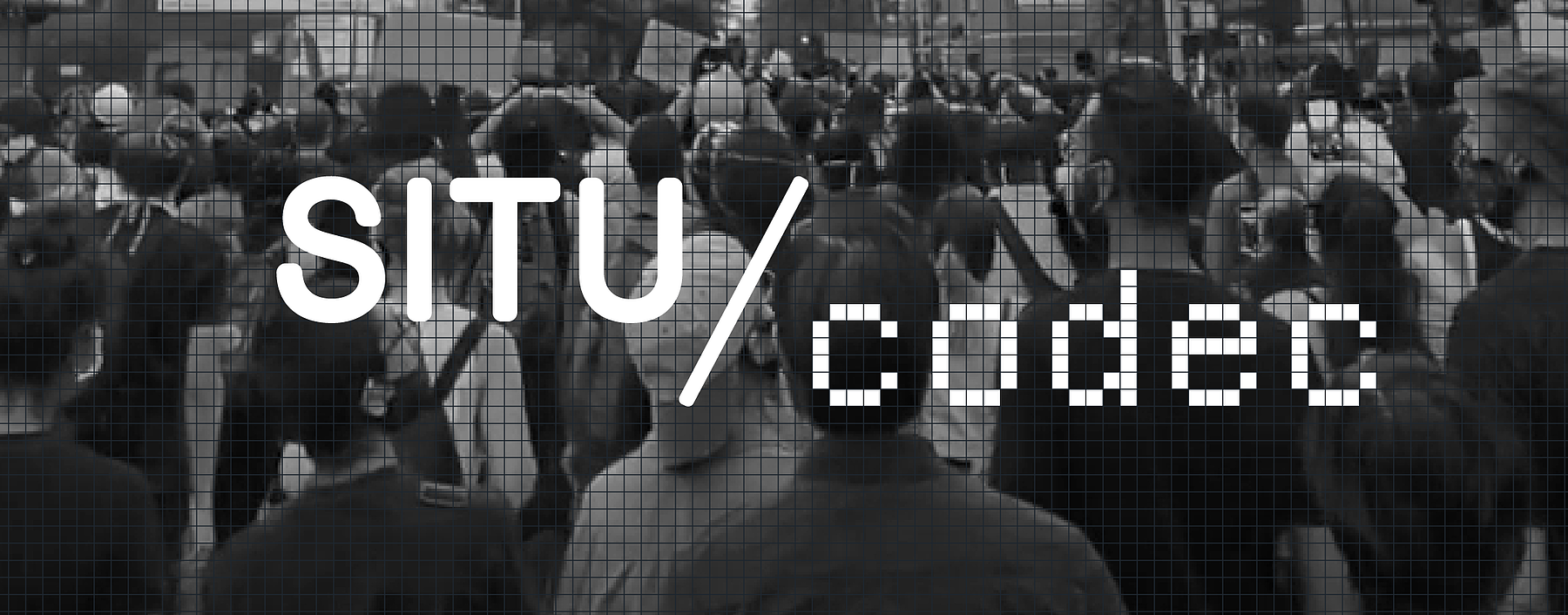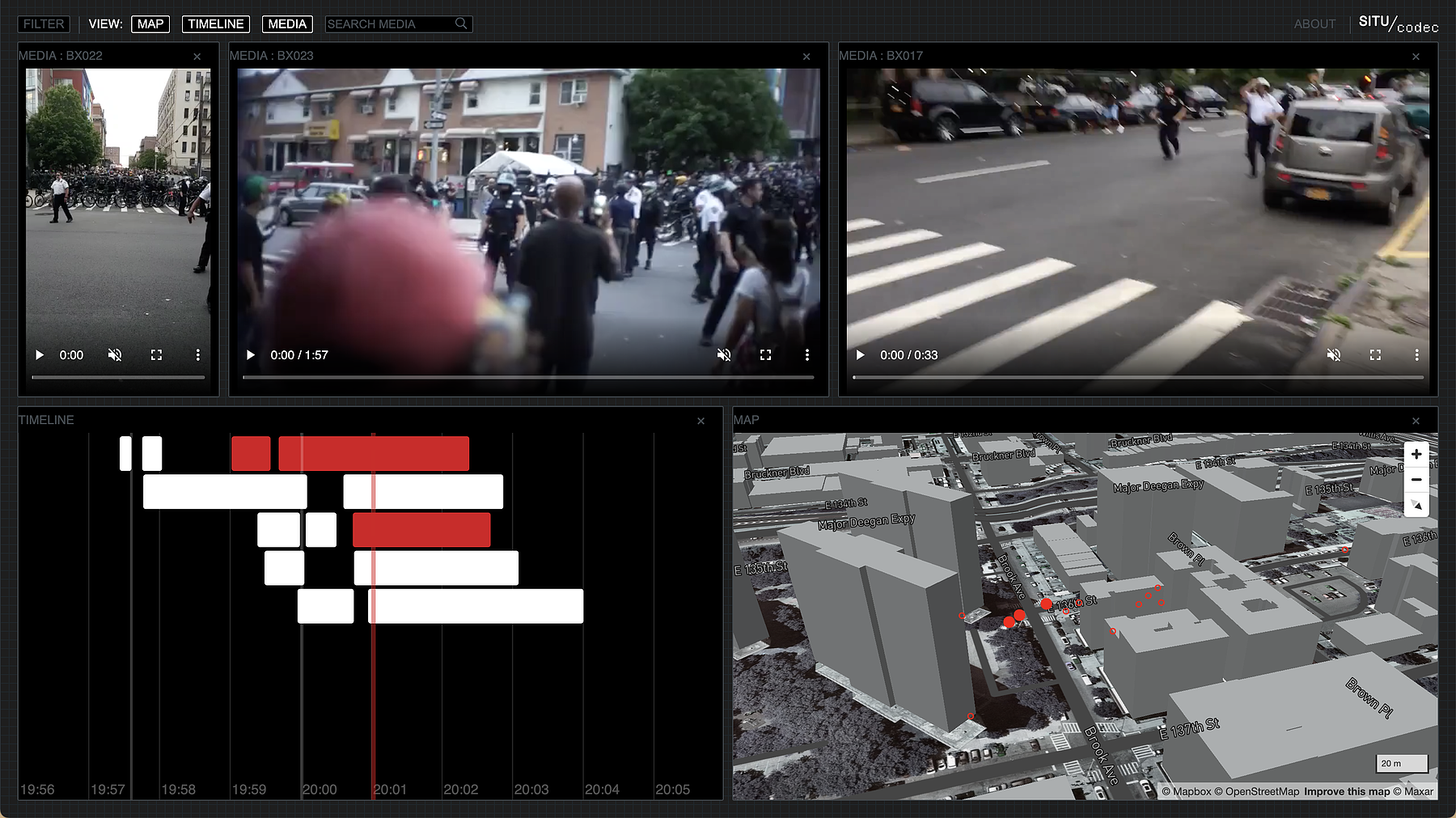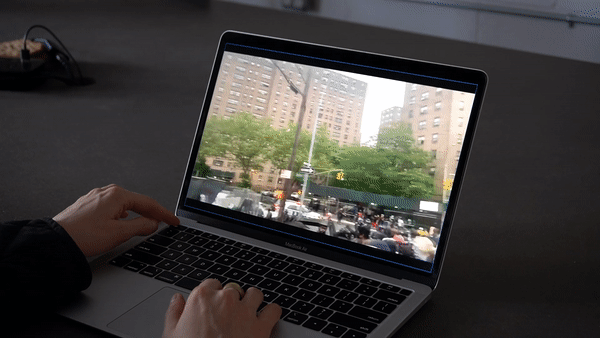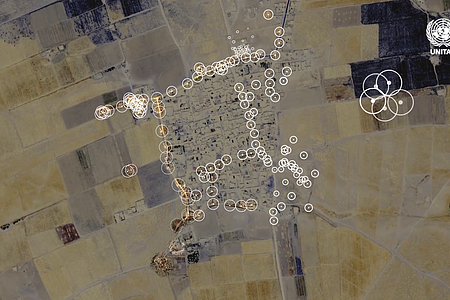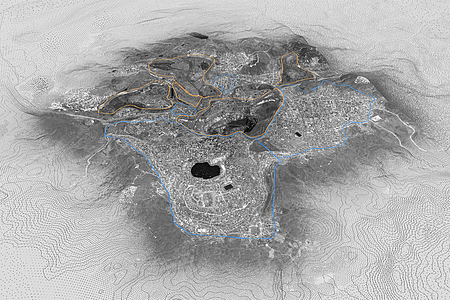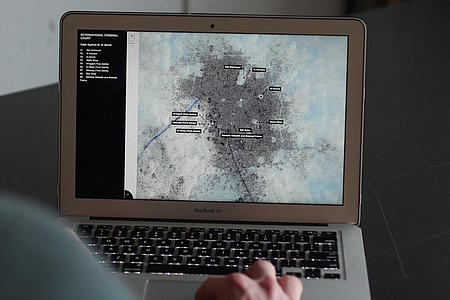Codec, a collaborative tool for managing video evidence
A new digital tool developed by SITU Research for managing, analyzing and presenting video evidence.
While working on investigations, researchers, activists, and lawyers often deal with video evidence in a variety of forms. Depending on the scenario, there might be a torrent of data or a deficit, which can shape how an event or series of events are understood across time and place. The sheer volume of information can make the organization of video and audio assets challenging at best and, often unwieldy, or prohibitively time consuming. On the other hand, a data deficit may lead a researcher to pinpoint what kind of evidence is necessary in order to substantiate a claim.
In response to both circumstances, we developed Codec, a digital tool for legal teams, activist groups, and human rights professionals to manage, analyze, and present video evidence. The tool emerged as a byproduct of attempting to solve recurring challenges in our own investigative workflows–issues around collaboration, quick visualization, and the representation of evidence.
How it works
Many of the investigations we work on involve large volumes of image and video footage. To aggregate this content, we work with spreadsheets to gather information and facts about each asset, such as the source, duration, file type, geolocation, chronolocation, and event or action tags. The nature of this work is deeply collaborative, with researchers often coming from different teams, geographies and timezones. This complex and recursive process can lead to unwieldy workflows and labyrinth databases.
To avoid these challenges, the goal of Codec is to shorten this collaborative loop between asset discovery, analysis, and representation. Codec achieves this by continuously pulling assets from the evidentiary database into a live graphically organized user interface. The front-end dashboard displays the relevant spatio-temporal context for these videos–context that is present, but hardly discernible in the spreadsheet.
The user interface is split into a timeline, a map, and a media player. The timeline represents each chronolocated asset with a horizontal bar, similar to video editing software, and the map, which was supported by Mapbox, represents each geolocated asset with a marker. The user can explore the evidence, dig into a street corner, or examine the span of a few seconds and select relevant assets to review. Other features include the ability to filter the assets by binary tags and search them by alphanumeric code.
If you'd like to work with us on using or developing Codec, please fill out this form. Otherwise, send us an email at codec@situ.nyc. As a small team, we won't be able to work with all collaborators, but we will do our best to support serious inquiries.
To start using Codec on your own, we’ve open-sourced the code on GitHub. There, you will find detailed instructions to help you get started without needing to directly connect with us.
